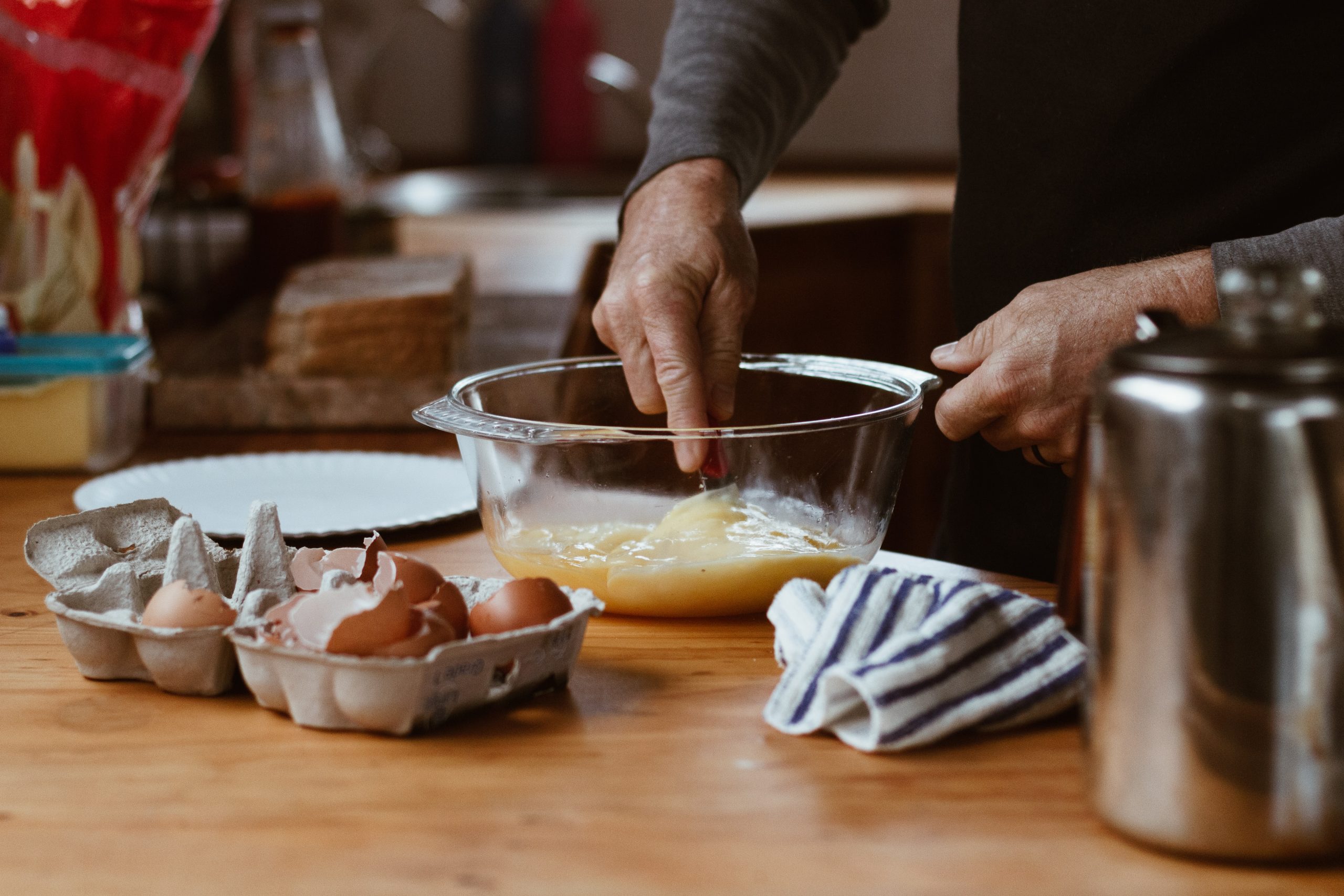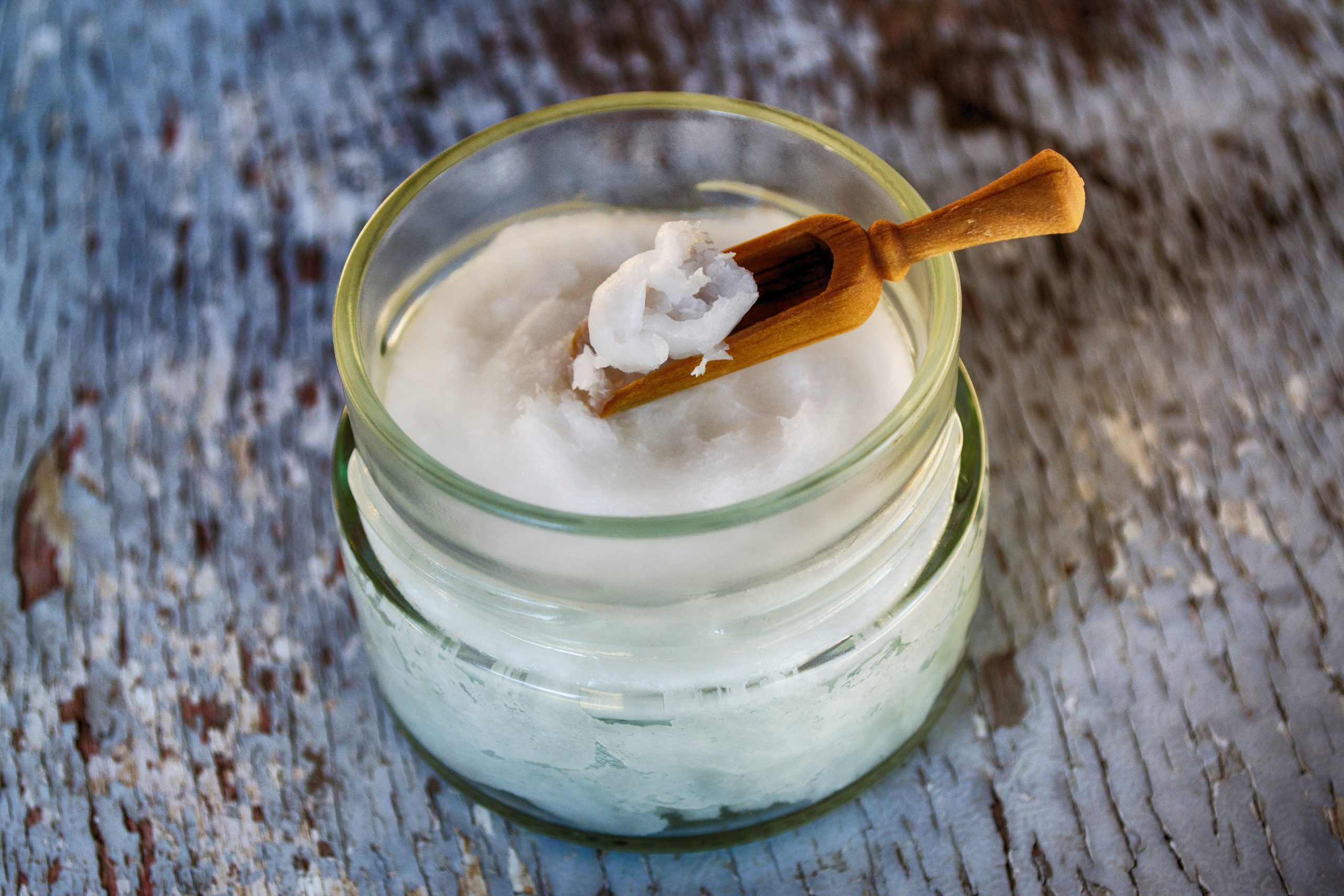Introduction
Vegan baking has become a popular trend in recent years, driven by health-conscious consumers seeking plant-based alternatives to traditional ingredients. One such innovative and versatile substitute gaining traction in the vegan baking community is Aquafaba. Derived from the liquid found in canned chickpeas, Aquafaba offers a remarkable egg-like consistency and a myriad of possibilities for creating delightful treats without the need for eggs. In this comprehensive guide, we will explore the wonders of vegan baking with Aquafaba, its benefits, and how to use it in a variety of delectable recipes.
Understanding Aquafaba
What is It?
Definition and Composition: Aquafaba, a term derived from Latin (“aqua” meaning water and “faba” meaning beans), is the viscous liquid leftover from cooked chickpeas or other legumes. It is often found in canned garbanzo beans, but you can also prepare it by boiling dried chickpeas at home. This unique liquid contains a blend of starches, proteins, and soluble plant fibers that mimic the binding and emulsifying properties of eggs in baking.
Sources of Aquafaba: Chickpea Water and Beyond While chickpea aquafaba is the most widely known and used, other legumes, such as white beans, black beans, and lentils, can also yield similar results. Each type of legume may impart slight differences in flavor and color to the final baked goods, allowing for creative variations in recipes. Be sure to strain the bean water before using in recipes.
Nutritional Profile of Aquafaba: Aquafaba is naturally low in calories and fat, making it a healthier alternative to eggs. It is also cholesterol-free and rich in essential nutrients like potassium, magnesium, and iron. Additionally, its soluble fibers can aid in digestion and promote gut health.
Key Properties for Vegan Baking: Aquafaba possesses two crucial properties that make it an excellent egg substitute in baking: foaming and binding. When whipped, it forms a stable foam similar to egg whites, making it ideal for creating light and airy textures in various desserts. Its binding ability helps hold ingredients together, just like eggs, resulting in moist and tender baked goods.
How to Use Aquafaba in Vegan Baking
- Conversion Ratio: Replacing Eggs with Aquafaba In most recipes, you can replace one egg with three tablespoons of aquafaba. However, the exact ratio may vary depending on the brand of canned chickpeas or the thickness of the homemade aquafaba. It’s essential to experiment and adjust the quantity based on the specific recipe’s requirements.
- Preparing and Straining Aquafaba: For canned chickpeas, simply drain the chickpea liquid into a bowl using a fine-mesh strainer. To achieve a smoother consistency and remove any remaining bean solids, strain the liquid a second time through cheesecloth or a nut milk bag.
- Tips for Achieving Optimal Consistency: To whip aquafaba successfully, ensure that it’s at room temperature. Adding a pinch of cream of tartar or a few drops of lemon juice can stabilize the foam and enhance its volume. Whisk the aquafaba gradually, starting at low speed and increasing it gradually to avoid overbeating.
- Adjusting Recipes for Different Baked Goods: Aquafaba can be used in a wide array of vegan baked goods, from light and airy meringues to moist and fluffy cakes. For each recipe, consider the desired texture and structure and adjust the aquafaba quantity accordingly. Remember that some experimentation might be needed to achieve the perfect outcome.
Aquafaba vs. Traditional Egg Substitutes
- Aquafaba vs. Flaxseed and Chia Eggs: While flaxseed and chia eggs are popular vegan egg substitutes, they have different properties compared to aquafaba. Flaxseed and chia eggs work well as binders but may not provide the same volume and lightness that aquafaba offers in recipes like meringues and macarons.
- Aquafaba vs. Commercial Egg Replacers: Commercial egg replacers, while convenient, often contain additives and preservatives. Aquafaba, on the other hand, is a natural and cost-effective alternative, especially for those who prefer whole foods in their baking.
- Advantages and Disadvantages of Aquafaba: The advantages of using aquafaba in vegan baking include its ease of availability, cost-effectiveness, and versatility. However, it may not be suitable for individuals with legume allergies, and its performance in certain recipes may require some trial and error.
Vegan Baking Recipe Examples with Aquafaba
Aquafaba meringue has become a popular vegan alternative to traditional egg-based meringue. Made from the liquid drained from cooked or canned legumes, aquafaba is a great way to add some lightness and airiness to your baking without having to use eggs. This classic meringue recipe produces a light and fluffy treat with a delicate crisp exterior and marshmallow interior, perfect for lemon meringue pie and a myriad of other meringue desserts.
To make this classic vegan meringue, start by draining the liquid from the cooked or canned legumes of your choice. You’ll need three tablespoons of aquafaba for every egg in the recipe. Strain the liquid twice through a cheesecloth or nut milk bag to achieve a smoother consistency and remove any remaining bean solids.
Ingredients:
- 1/2 cup aquafaba (at room temperature)
- 1/2 tsp cream of tartar
- 1/2 cup granulated sugar
- 1 tsp vanilla extract
Instructions:
- In a clean, dry bowl, whisk aquafaba and cream of tartar on low speed of an electric mixer until foamy.
- Gradually add white sugar while increasing the speed. Continue whisking until stiff peaks form.
- Gently fold in vanilla extract.
- Pipe or spoon the egg-free meringue onto a baking sheet lined with parchment paper.
- Bake at 200°F (95°C) for 1.5 to 2 hours, or until the meringues are dry and lift easily from the parchment paper.
Aquafaba Airy Vegan Chocolate Mousse – Decadent and Creamy Indulge in this rich and creamy chocolate mousse that’s entirely plant-based.
Ingredients:
- 3/4 cup aquafaba
- 1 cup dairy-free dark chocolate chips
- 1/4 cup powdered sugar
- 1 tsp vanilla extract
- Pinch of salt
Instructions:
- Melt the chocolate chips in a double boiler until smooth and set aside to cool slightly.
- In a large bowl, whip aquafaba, powdered sugar, vanilla extract, and salt until stiff peaks form.
- Gently fold the melted chocolate into the whipped aquafaba until well combined.
- Divide the mousse into individual serving cups and refrigerate for at least 2 hours before serving.
Aquafaba Pancakes – A Perfect Breakfast Treat Start your day with fluffy and flavorful vegan pancakes made with the magic of aquafaba.
Ingredients:
- 1 cup all-purpose flour
- 2 tbsp granulated sugar
- 2 tsp baking powder
- 1/2 tsp salt
- 1 cup plant-based milk
- 3 tbsp aquafaba
- 2 tbsp vegetable oil
- 1 tsp vanilla extract
Instructions:
- In a mixing bowl, whisk together the dry ingredients: flour, sugar, baking powder, and salt.
- In a separate bowl, whisk the plant-based milk, aquafaba, vegetable oil, and vanilla extract.
- Combine the wet and dry ingredients until just combined, leaving some lumps for fluffy pancakes.
- Heat a non-stick skillet over medium heat and pour 1/4 cup of batter per pancake onto the pan.
- Cook until bubbles form on the surface, then flip and cook the other side until golden brown.
- Serve with your favorite toppings like maple syrup, fresh fruits, or vegan whipped cream.
Aquafaba Brownies – Rich and Fudgy. Indulge in these moist and chocolatey brownies that are as good as traditional ones, minus the eggs and dairy.
Ingredients:
- 1 cup aquafaba
- 1 cup dairy-free chocolate chips
- 3/4 cup granulated sugar
- 1/2 cup vegetable oil
- 1 tsp vanilla extract
- 3/4 cup all-purpose flour
- 1/4 cup unsweetened cocoa powder
- 1/2 tsp baking powder
- 1/4 tsp salt
Instructions:
- Preheat the oven to 350°F (175°C) and line an 8×8-inch baking pan with parchment paper.
- In a microwave-safe bowl, melt the chocolate chips in 30-second intervals, stirring until smooth.
- In a separate bowl, whisk together aquafaba, sugar, vegetable oil, and vanilla extract until well combined.
- Sift in the flour, cocoa powder, baking powder, and salt into the aquafaba mixture. Mix until just combined.
- Fold in the melted chocolate, leaving some streaks for a marbled effect.
- Pour the batter into the prepared baking pan and spread it evenly.
- Bake for 25 to 30 minutes or until a toothpick inserted in the center comes out with a few moist crumbs.
- Allow the brownies to cool completely before slicing and serving.
Aquafaba Macarons – Elegant and Delicate. Master the art of creating French macarons with this vegan-friendly aquafaba recipe.
Ingredients:
- 1 cup aquafaba, reduced and cooled to room temperature
- 1 3/4 cups almond flour
- 2 cups powdered sugar
- 1/4 cup granulated sugar
- Food coloring (optional)
Instructions:
- Prepare the reduced aquafaba by simmering it over low heat until it reduces to about 1/2 cup. Let it cool to room temperature before use.
- In a food processor, pulse the almond flour and powdered sugar until fine and smooth.
- In a large bowl, whip the reduced aquafaba on low speed until frothy. Gradually add the granulated sugar and continue whisking until stiff peaks form.
- Gently fold the almond flour mixture into the whipped aquafaba until fully incorporated. Add food coloring if desired.
- Transfer the batter into a piping bag fitted with a round tip and pipe small circles onto a baking sheet lined with parchment paper.
- Let the piped macarons rest at room temperature for about 30 minutes to form a skin.
- Preheat the oven to 300°F (150°C) and bake the macarons for 15 to 18 minutes, rotating the baking sheet halfway through.
- Let the macarons cool completely before gently removing them from the parchment paper.
Expert Tips and Troubleshooting
- Storing and Freezing Aquafaba: You can store unused aquafaba in an airtight container in the refrigerator for up to three days. Alternatively, you can freeze it in ice cube trays and transfer the cubes to a freezer-safe bag for future use. You can keep cans of Chickpeas in the pantry for access anytime.
- Dealing with Common Baking Challenges: Aquafaba-based recipes may require some adjustments, especially in recipes that heavily rely on egg properties like structure and rise. If a recipe doesn’t turn out as expected, don’t be discouraged; learn from the experience and make adjustments for next time.
- Enhancing Flavor and Texture in Aquafaba-Based Recipes: While aquafaba is an excellent egg substitute, it might not impart the same flavor as eggs. Enhance the taste and texture of your baked goods by adding extracts, spices, or citrus zest to complement your chosen recipe.
- Q&A Section – Answering Readers’ Queries: Throughout your vegan baking journey with aquafaba, you may have questions or encounter challenges. Always be open to exploring answers and sharing insights with others in the vegan baking community.
Vegan Baking with Aquafaba – Health and Sustainability Aspects
- Health Benefits of Using Aquafaba in Baking: Compared to traditional eggs, aquafaba is cholesterol-free and lower in saturated fat. It also offers essential nutrients and dietary fibers, making it a healthier option for individuals seeking heart-healthy and plant-based alternatives.
- Environmental Impact of Aquafaba as an Egg Substitute: Using aquafaba in baking reduces the demand for conventional eggs, which contributes to a more sustainable and environmentally friendly food system. Additionally, by utilizing this byproduct, we can reduce food waste and promote a circular economy.
- Ethical Considerations – Empowering the Vegan Movement: For those following a vegan lifestyle, aquafaba presents an opportunity to create delicious baked goods without relying on animal products. By embracing this egg substitute, individuals can align their baking practices with their ethical values and contribute to a more compassionate world.
Conclusion
Vegan baking with Aquafaba opens a world of possibilities, where traditional egg-based recipes can be transformed into delightful vegan treats without compromising taste or texture. As a wonderful substitute for egg whites in fluffy meringues to fudgy brownies and elegant macarons, the potential of Aquafaba is boundless. Embrace the magic of this versatile egg substitute in your baking endeavors, and you’ll not only enjoy mouthwatering creations but also contribute to a sustainable and compassionate food culture. As you explore the wonders of vegan baking with Aquafaba, remember to share your experiences, tips, and recipes with fellow bakers, fostering a supportive community that encourages culinary innovation and delicious plant-based creations.
References:
- D. Reinfeld, “The Aquafaba Cookbook,” Book Publishing Company, 2017.
- A. Besnard, et al., “Nutritional Composition and Antioxidant Properties of the Aquafaba of Common Beans (Phaseolus vulgaris L.)”, Food Research International, Volume 113, Pages 383-389, 2018.
Remember to always adjust recipes to your taste and preferences. Happy baking with Aquafaba!



